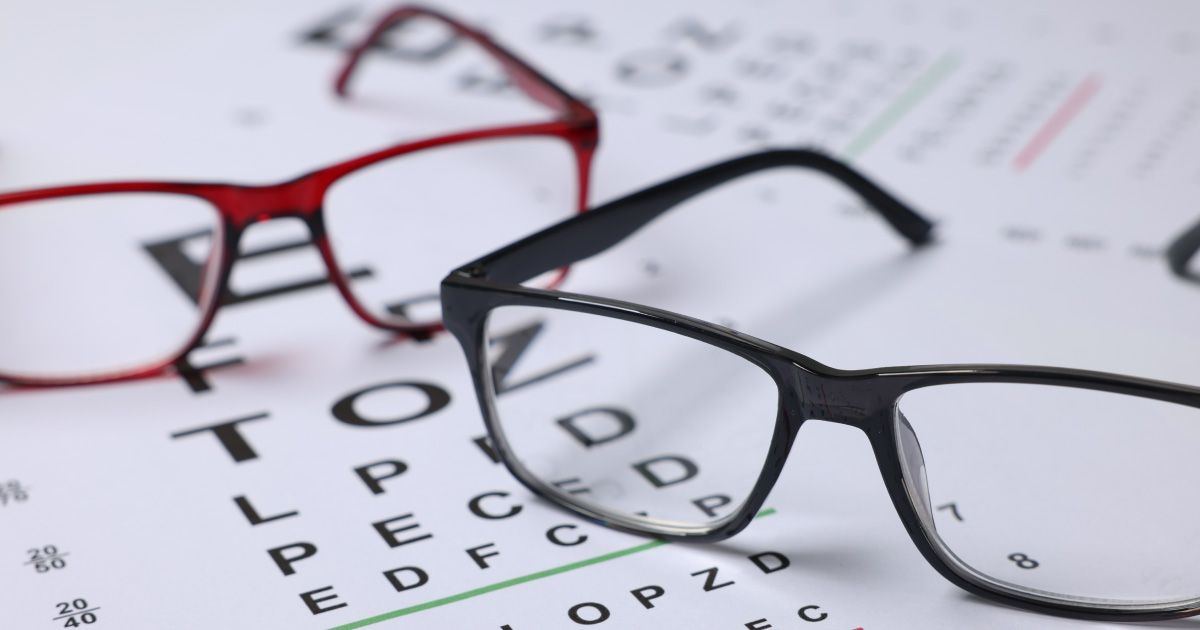Pediatric Eye Conditions: A Guide to Early Detection and Parental Care

Read time: 7 minutes
Ensuring the optimal visual health of your child is a vital component of their overall well-being. Children rely heavily on their vision to navigate the world, learn, and engage with others. Identifying and addressing pediatric eye conditions early is key to fostering healthy visual development. In this guide, we'll explore various pediatric eye conditions, their signs and symptoms, the importance of early detection, and what parents can do to support their child's eye health.
Common Pediatric Eye Conditions
Amblyopia (Lazy Eye)
Amblyopia, commonly known as "lazy eye," is a pediatric eye condition that occurs when the vision in one eye doesn't develop properly during early childhood. It often arises due to factors such as strabismus (misalignment of the eyes), significant differences in refractive errors between the eyes, or visual deprivation, such as when a child has a congenital cataract. The brain begins to favor the stronger eye, neglecting signals from the weaker one. If left untreated, amblyopia can lead to permanent vision impairment in the affected eye.
Early detection and intervention, typically through the use of eyeglasses, eye patches, or vision therapy, are crucial in optimizing visual development and preventing long-term vision problems in children. Regular eye examinations for young children are essential for identifying and addressing amblyopia at its earliest stages.
Strabismus (Crossed Eyes)
Strabismus is a common pediatric eye condition characterized by the misalignment of the eyes. When the eyes are not properly aligned, they may point in different directions. This misalignment can be constant or intermittent and may affect one or both eyes. Strabismus often develops in early childhood and can be associated with various factors, including problems with eye muscle control or issues with the brain's communication with the eye muscles.
It is essential to address strabismus promptly, as untreated cases can lead to amblyopia (lazy eye) and depth perception issues. Treatment options for strabismus may include corrective eyeglasses, eye patches, and, in some cases, surgery to align the eyes properly. Early intervention and regular eye check-ups are crucial for managing strabismus effectively and promoting healthy visual development in children.
Refractive Errors
Refractive errors are common vision conditions that occur when the shape of the eye prevents light from focusing directly on the retina. The three main types of refractive errors are myopia (nearsightedness), hyperopia (farsightedness), and astigmatism. Myopia occurs when the eyeball is too long or the cornea is too curved, causing distant objects to appear blurry. Hyperopia is the result of an eyeball that is too short or a cornea with insufficient curvature, leading to difficulty seeing close-up objects. Astigmatism arises from an irregularly shaped cornea or lens, causing blurred or distorted vision at any distance.
These refractive errors often manifest in childhood and can change over time, requiring adjustments to eyeglasses or contact lenses. Fortunately, refractive errors are correctable, and eyecare professionals can prescribe corrective lenses to provide clear vision. Regular eye examinations are crucial for detecting and managing refractive errors early, ensuring optimal visual development, and preventing associated issues like eye strain and headaches.
In some cases, refractive surgery, such as LASIK, may be considered for long-term vision correction, especially in adulthood. Parents should be attentive to signs of vision problems in their children, such as squinting, headaches, or avoiding close-up tasks, and seek professional eye care to address refractive errors promptly.
Conjunctivitis (Pink Eye)
Pink eye, or conjunctivitis, is a common eye condition characterized by inflammation of the conjunctiva, the thin, transparent layer covering the white part of the eye and the inner surface of the eyelids. It can be caused by various factors, including viral or bacterial infections, allergens, or ,irritants. Symptoms of pink eye include redness, itching, tearing, and discharge. Viral conjunctivitis is highly contagious and can be associated with cold or respiratory infections, while bacterial conjunctivitis may result from bacteria such as Staphylococcus or Streptococcus. Allergic conjunctivitis, triggered by allergens like pollen or pet dander, leads to similar symptoms.
Treatment depends on the cause, and viral conjunctivitis often resolves on its own, while bacterial cases may require antibiotics. Practicing good hygiene, such as frequent handwashing, can help prevent the spread of pink eye, and seeking professional advice is crucial for proper diagnosis and treatment.
Blocked Tear Ducts
Blocked tear ducts, or nasolacrimal duct obstruction, can occur when there is a partial or complete blockage in the small duct that drains tears from the eyes into the nose. This condition is common in infants but can also affect adults. In newborns, blocked tear ducts often resolve on their own within the first year of life. Symptoms may include excessive tearing, mucous discharge, and irritation.
In some cases, gentle massage or warm compresses can aid in clearing the blockage. If the duct remains blocked, a healthcare professional might recommend additional measures or, in rare cases, a surgical procedure to open the duct.
Ptosis (Drooping Eyelid)
Ptosis, or drooping of the upper eyelid, can result from weakened or stretched muscles responsible for lifting the eyelid. This condition can affect one or both eyes and may occur gradually or suddenly. Congenital ptosis is present from birth and may be due to underdeveloped eye muscles. Acquired ptosis can be caused by age-related muscle weakness, nerve damage, trauma, or other underlying health conditions.
Depending on the severity and cause, ptosis can impact vision and aesthetics. Treatment options vary and may include surgery to repair or tighten the muscles, especially if the drooping eyelid obstructs the field of vision. Consultation with an eye care professional is crucial to determine the underlying cause and develop an appropriate management plan for ptosis.
Signs and Symptoms:
- Behavioral Changes: Watch for signs like squinting, rubbing eyes excessively, or avoiding activities that require focus.
- Complaints of Discomfort: Pay attention if your child mentions eye discomfort, itching, or pain.
- Changes in School Performance: Struggling with reading or other visual tasks may indicate an underlying eye condition.
- Headaches and Eye Fatigue: Frequent headaches or complaints of tired eyes can be indicative of vision-related issues.
- Excessive Tearing or Redness: Persistent tearing or redness may signal the presence of an eye condition.
Importance of Early Detection and Intervention
The early years are crucial for the development of visual skills, including depth perception and eye coordination. Undetected or untreated eye conditions can hinder a child's ability to learn and participate in academic activities. Early intervention can prevent potential long-term visual issues and ensure proper eye health throughout life.
What Parents Can Do
- Regular Eye Exams: Schedule comprehensive eye exams for your child, starting from infancy and continuing regularly throughout their school years.
- Observational Awareness: Pay attention to any signs of eye discomfort, changes in behavior, or complaints related to vision.
- Proper Lighting and Screen Time Management: Ensure well-lit study areas, and monitor and limit your child's screen time to reduce eye strain.
- Encourage Outdoor Activities: Outdoor activities can contribute to overall eye health and reduce the risk of myopia.
- Promote Eye Safety: Emphasize the importance of wearing protective eyewear during sports and activities that pose a risk of eye injury.
The Takeaway
Staying informed about pediatric eye conditions is an essential aspect of parenting. Early detection and intervention can significantly impact a child's visual development, academic performance, and overall well-being. By fostering a proactive approach to eye health, parents play a crucial role in ensuring their child's eye health.
Share this blog post on social or with a friend:
The information provided in this article is intended for general knowledge and educational purposes only and should not be construed as medical advice. It is strongly recommended to consult with an eye care professional for personalized recommendations and guidance regarding your individual needs and eye health concerns.
All of Urban Optiks Optometry's blog posts and articles contain information carefully curated from openly sourced materials available in the public domain. We strive to ensure the accuracy and relevance of the information provided. For a comprehensive understanding of our practices and to read our full disclosure statement, please click here.


















